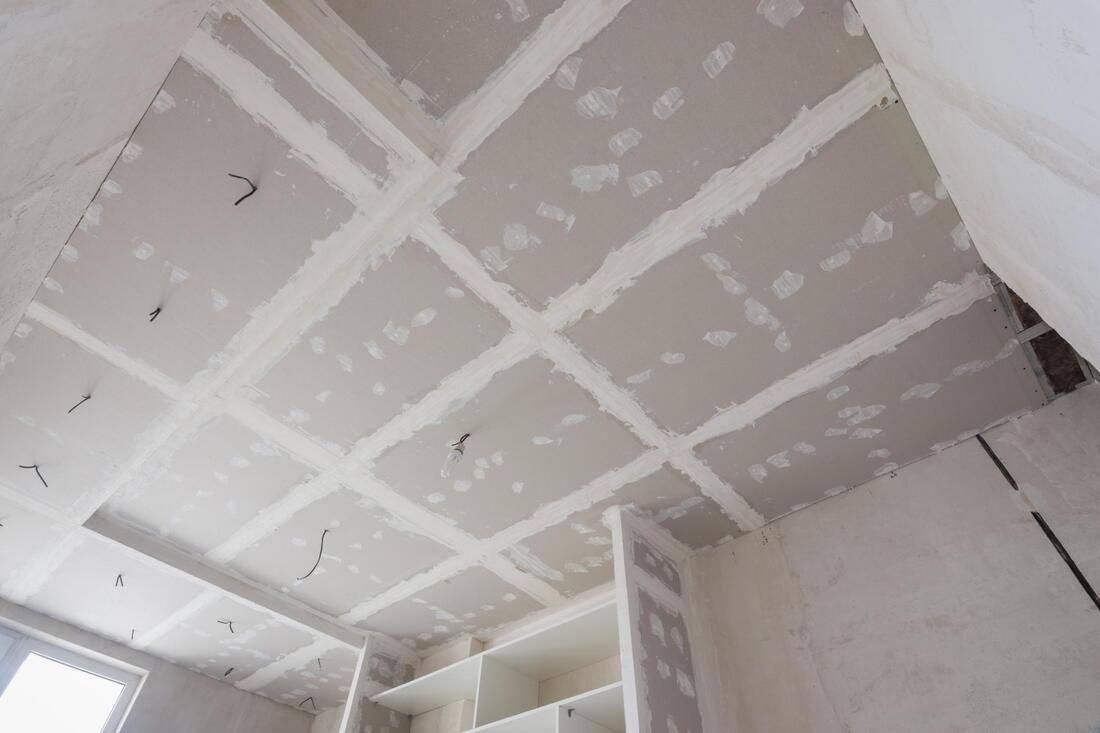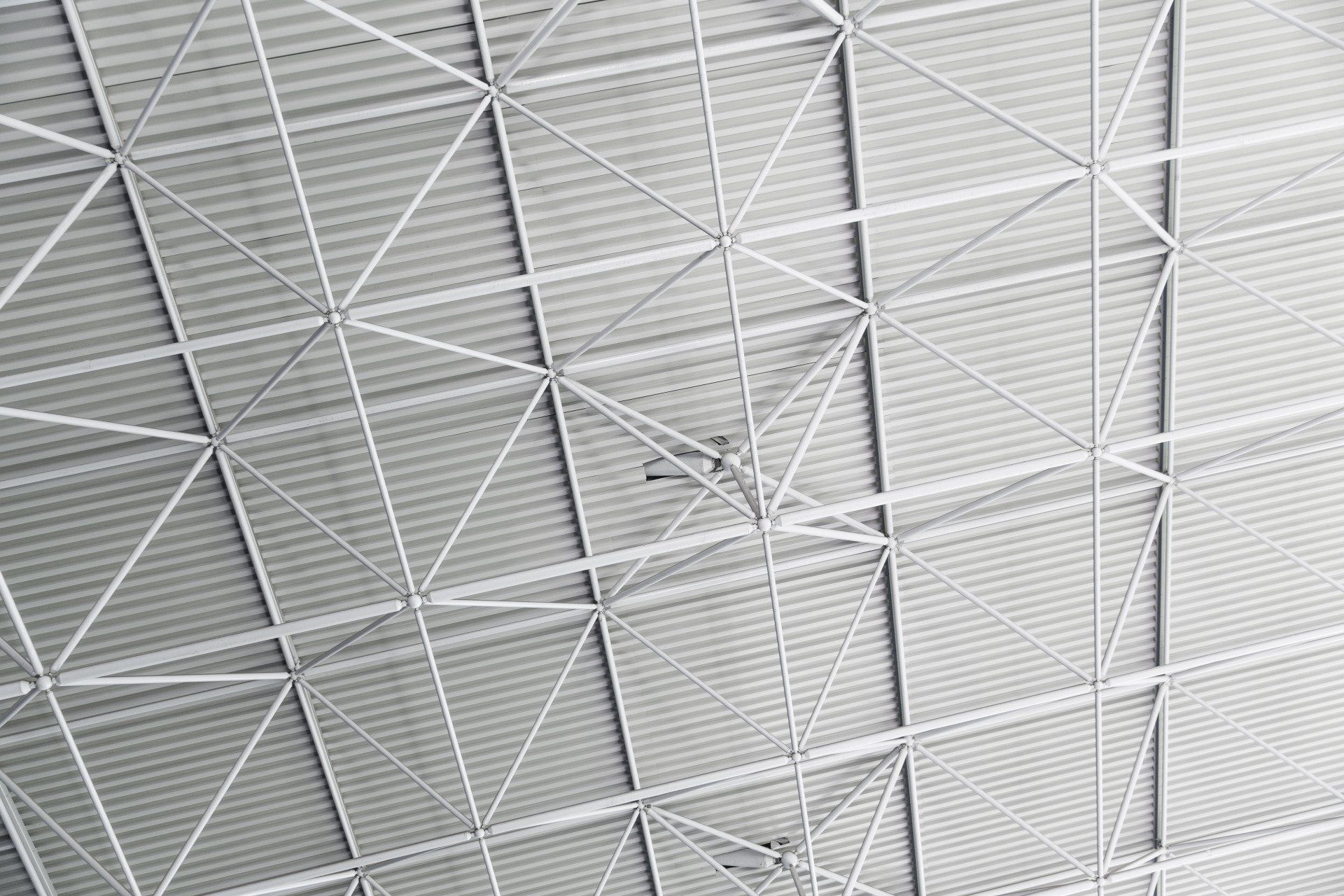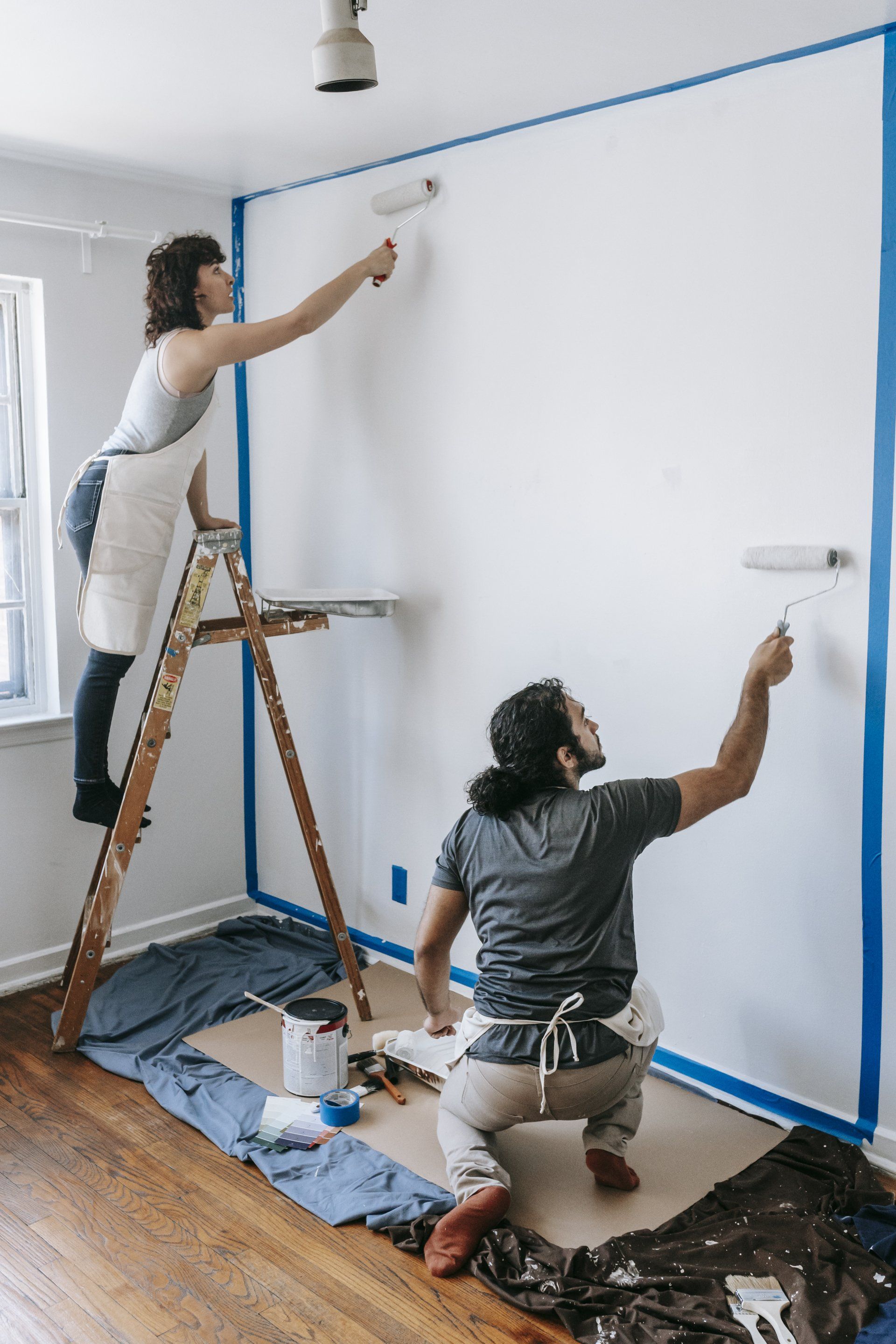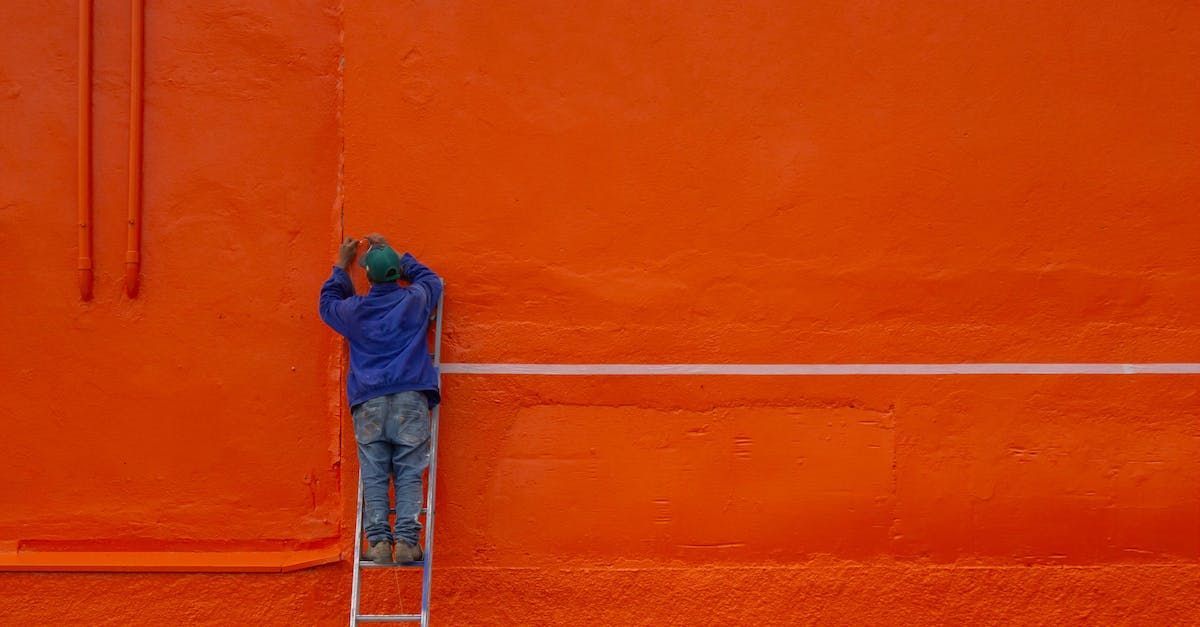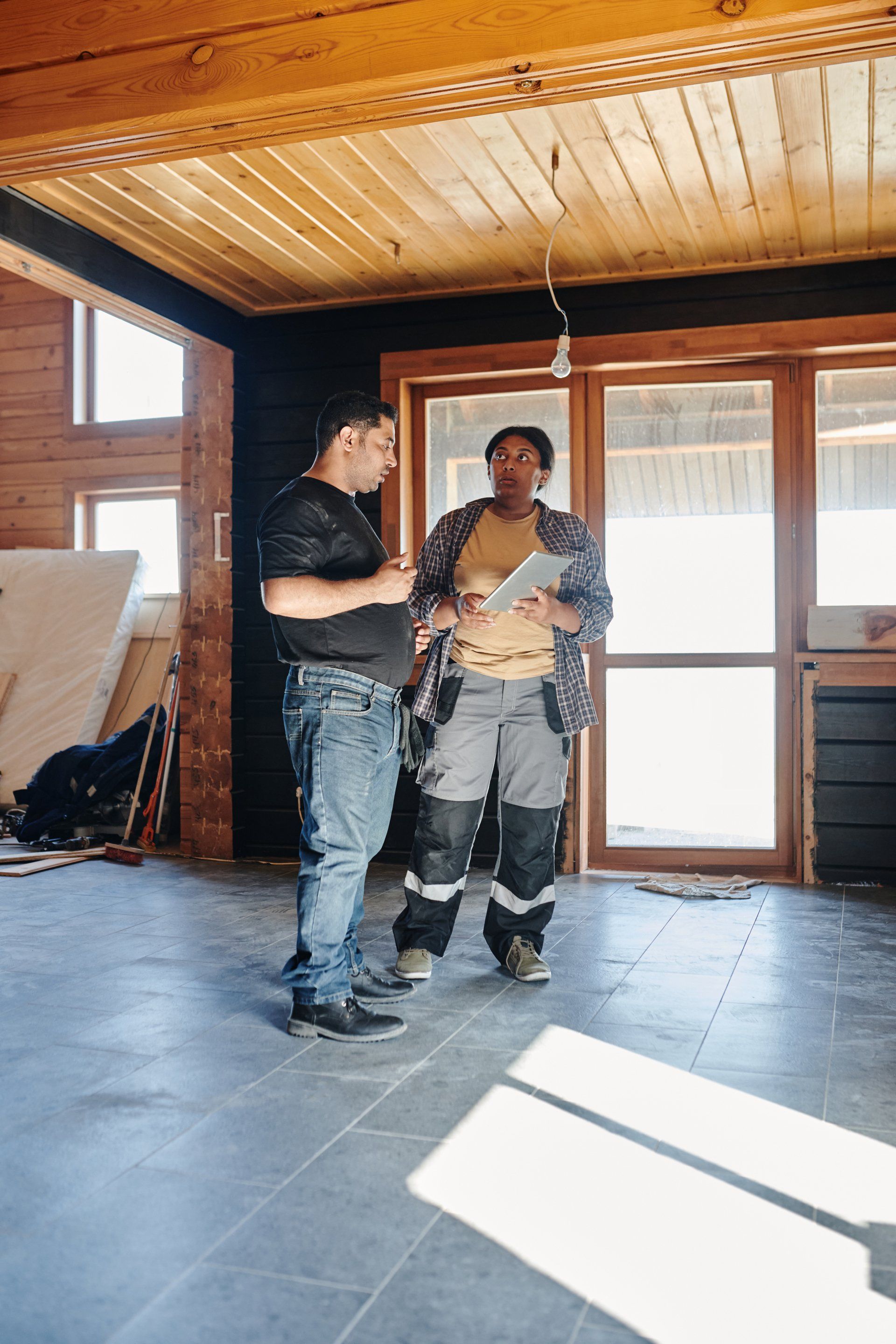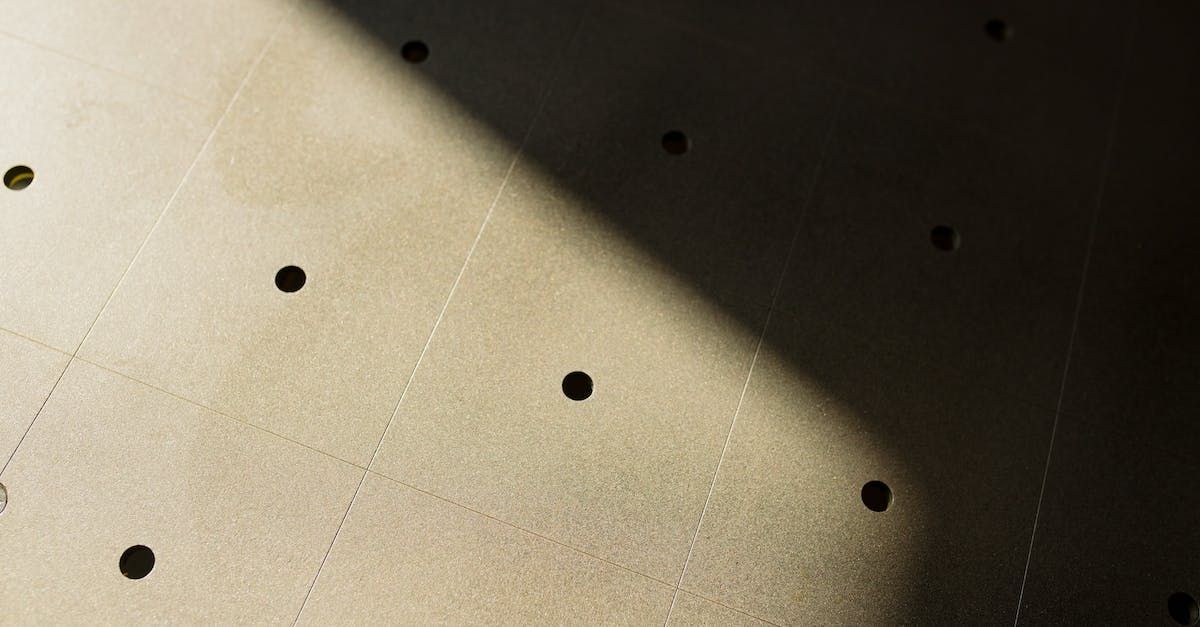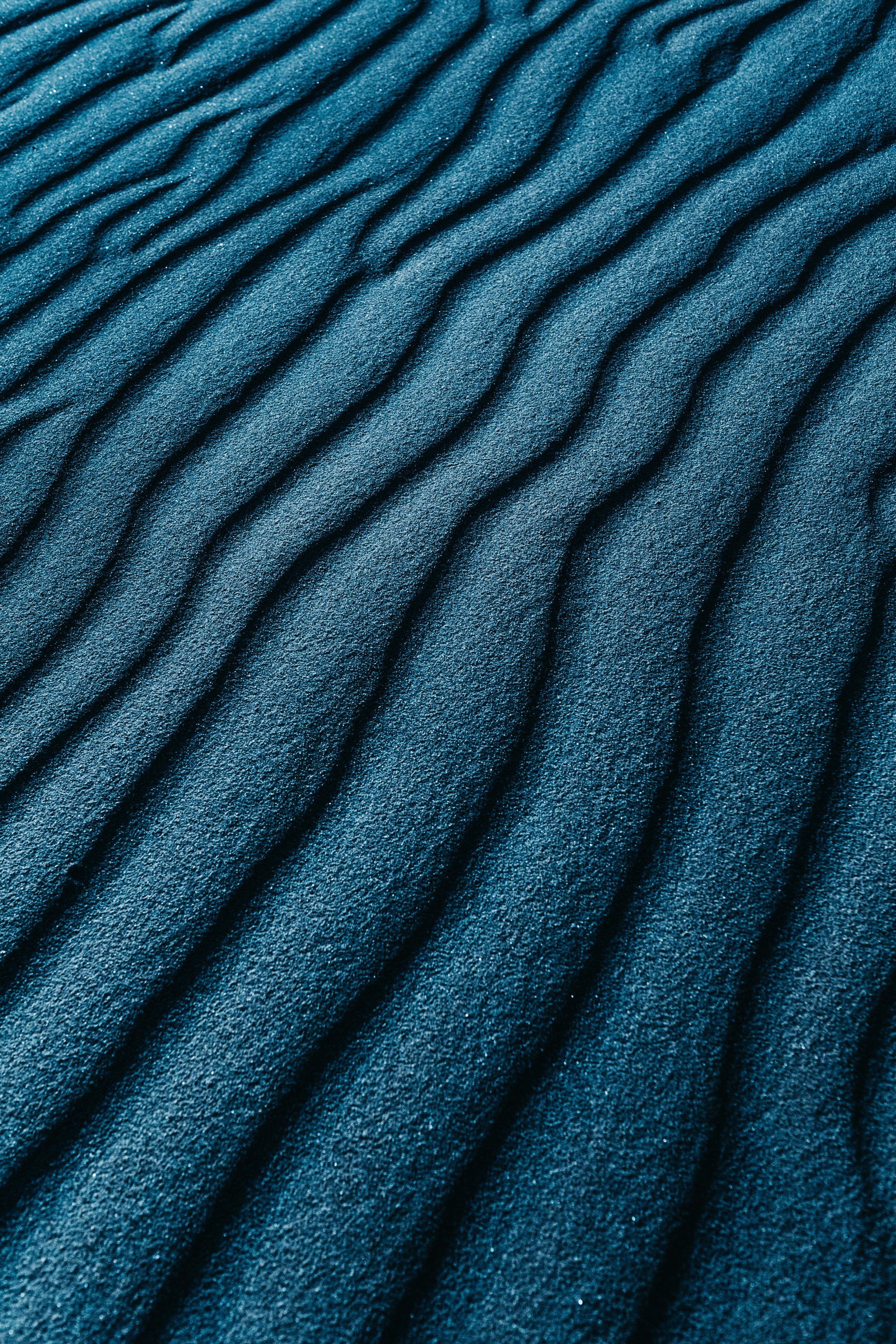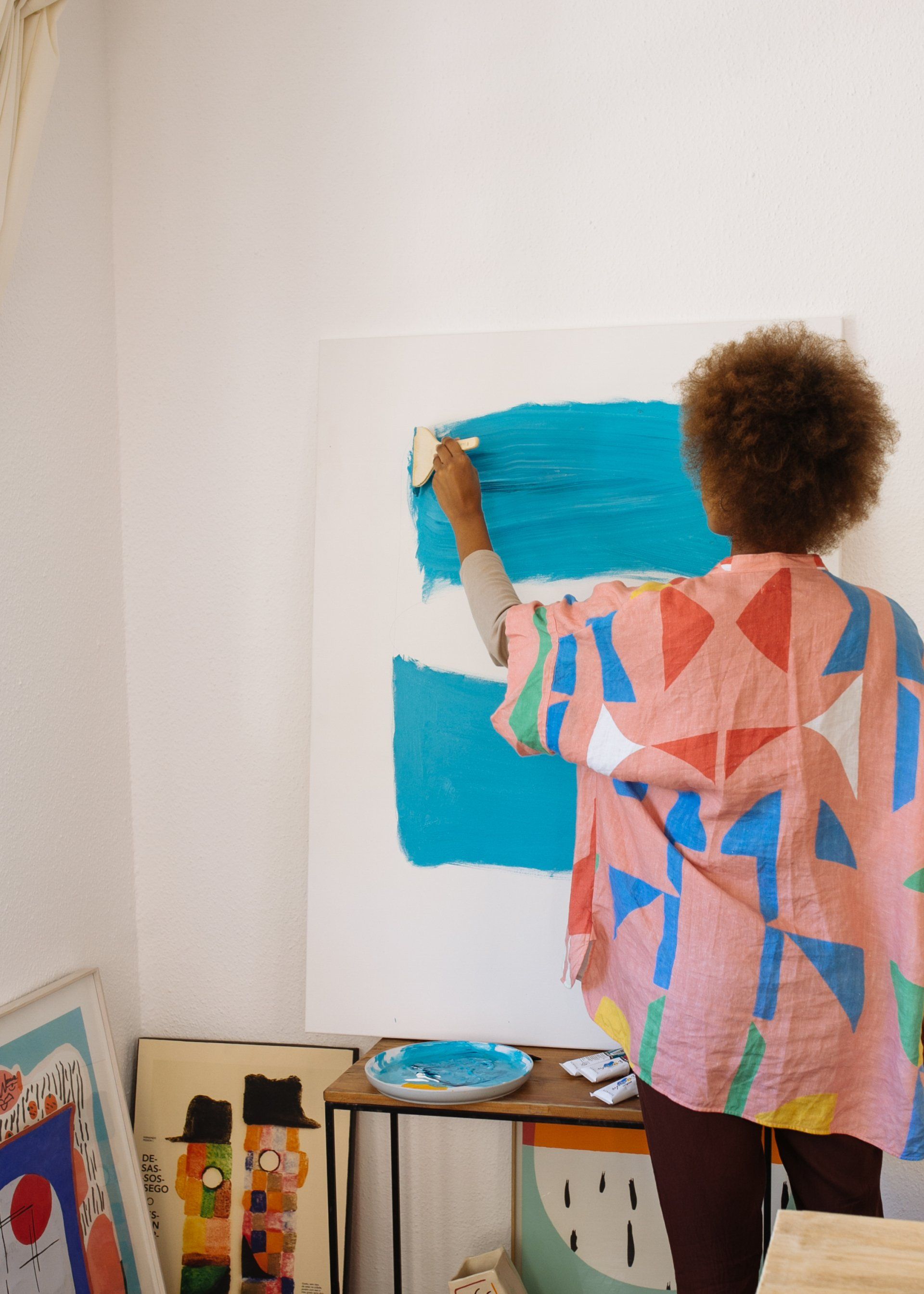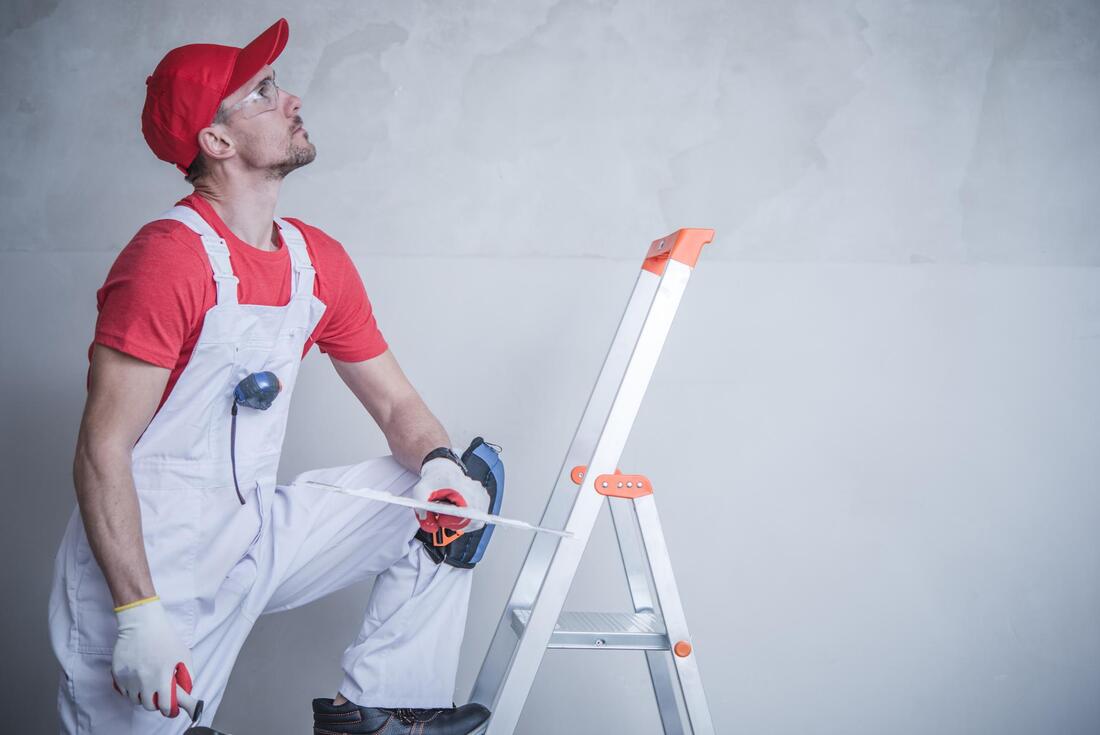Step-by-Step Success with Drywall: Framing and Texturing for Beginners
Mastering the Art of Drywall Texture & Framing: A Beginner's Guide to Flawless Walls
In the world of home improvement and construction, mastering the techniques of drywall texture & framing is a pivotal skill set for achieving professional-looking walls. This comprehensive guide is designed to equip beginners with the essential knowledge and steps required for successful drywall installation, focusing on framing and texturing. By adhering to this guide, you will be able to enhance the aesthetic appeal and durability of your walls, ensuring a seamless finish.
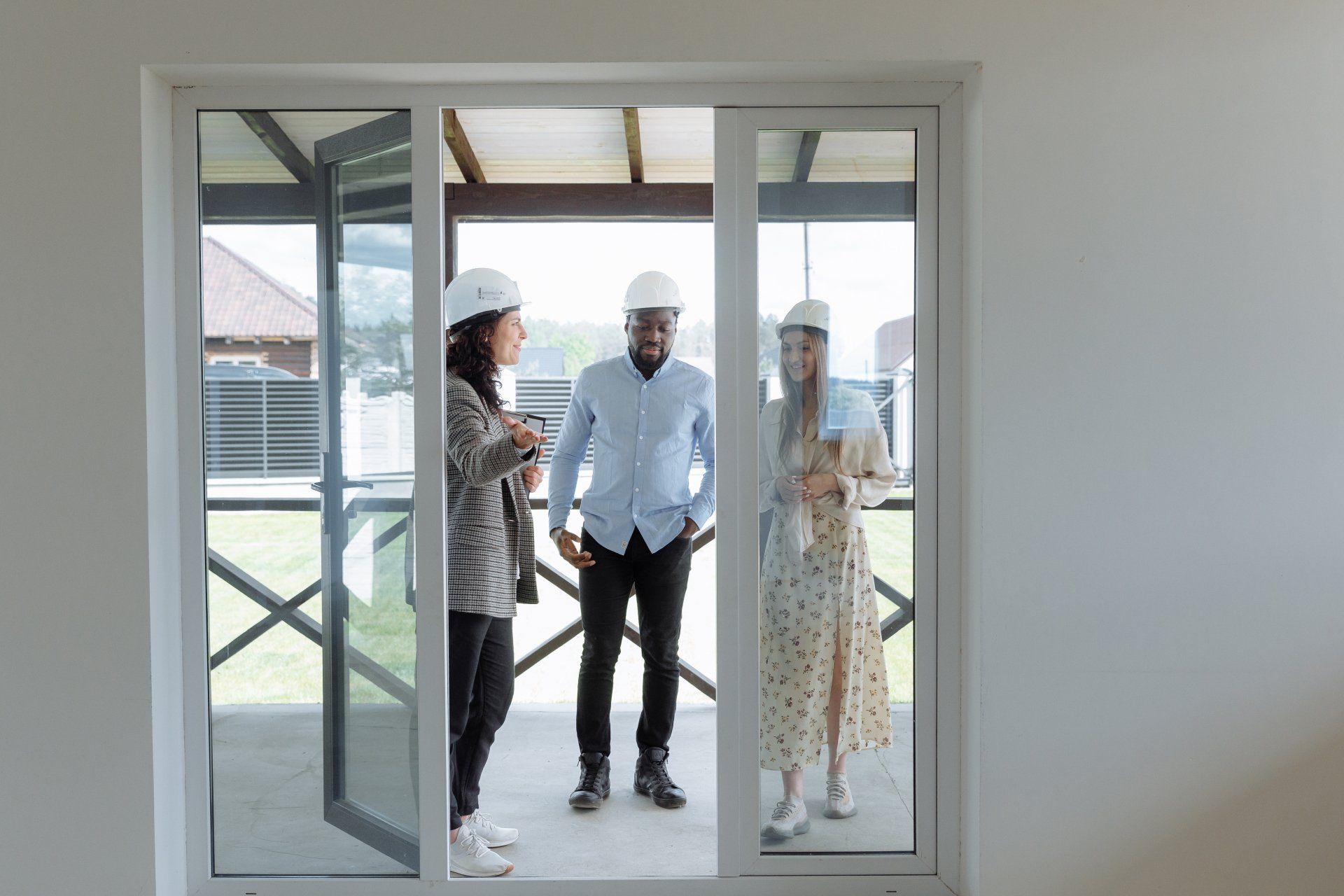
Understanding Drywall Texture & Framing
Drywall texture & framing are foundational aspects of constructing and finishing walls in modern buildings. Framing forms the structural skeleton, while texturing adds visual interest and hides imperfections. Both require precision and a keen eye for detail.
Step 1: Gather Your Tools and Materials
Before embarking on your drywall project, ensure you have all necessary tools and materials. These include drywall panels, screws, a screw gun, tape measure, utility knife, drywall tape, joint compound, a mud pan, trowels, a sanding block, and safety gear. For texturing, you may need additional tools such as a texture sprayer, brushes, or rollers, depending on the desired texture effect.
Step 2: Framing for Success
Framing is the first step toward achieving sturdy and well-defined walls. Follow these steps for optimal results:
Plan Your Layout:
Measure the space and plan the layout of studs, which are typically spaced 16 inches apart, center to center. Mark the placement on the floor and ceiling.
Cut and Install Studs: Cut the studs to the correct length, considering the height of your ceiling. Use a level to ensure they're perfectly vertical when installing.
Secure the Frame: Attach the studs to the floor and ceiling using screws or nails. For added stability, install horizontal blocks between studs at mid-height.
Step 3: Hanging Drywall Like a Pro
Once the frame is set, it's time to hang the drywall:
Measure and Cut:
Measure the wall area and cut the drywall panels to size using a utility knife. Be precise to minimize gaps between panels.
Install Panels: Start at the top corner and work your way down, attaching the drywall to the studs with screws. The screws should be placed every 8 inches along studs.
Sealing Joints: Apply drywall tape over the seams between panels, then cover with joint compound using a trowel. Allow it to dry completely before sanding smoothly.
Step 4: Achieving the Perfect Texture
Texturing is what gives walls their character. Whether you're aiming for a smooth finish or a more artistic texture, follow these guidelines:
Preparation: Ensure the wall is clean, dry, and smooth. Any imperfections will be highlighted by the texture, so take the time to sand and prime the walls if necessary.
Choosing Your Texture: There are several texture styles, such as orange peel, knockdown, and skip trowel. Each requires different tools and techniques, so choose according to the look you desire.
Applying Texture: For spray textures, fill your texture sprayer with the mixture and apply evenly across the wall. For hand-applied textures, use your chosen tool to apply the joint compound in your desired pattern.
Finishing Touches: Allow the texture to dry thoroughly. Some textures may require light sanding for a finished look.
Tips for Success
Practice Makes Perfect: Practice your texturing technique on a spare piece of drywall before applying it to your walls.
Keep it Clean: Clean your tools immediately after use to prevent the joint compound from hardening on them.
Safety First: Always wear protective gear, including goggles, gloves, and a dust mask, especially when sanding.
While embarking on a drywall texture & framing project can be a rewarding DIY endeavor, there are instances where hiring professional services may be advantageous. Professionals bring a wealth of experience and expertise that can ensure your project is completed to the highest standards, especially for complex designs or finishes that require a skilled hand.
Conclusion
Drywall texture & framing are critical skills for anyone looking to improve their home's interior. By following this step-by-step guide, beginners can achieve professional-quality walls with a bit of practice and patience. Remember, the key to success lies in careful planning, precise execution, and a willingness to learn from the process. With these tools in your arsenal, you're well on your way to mastering the art of drywall texture & framing.

